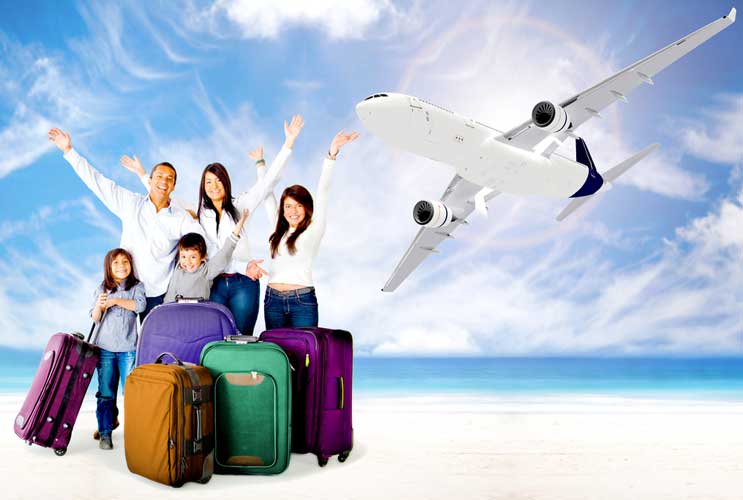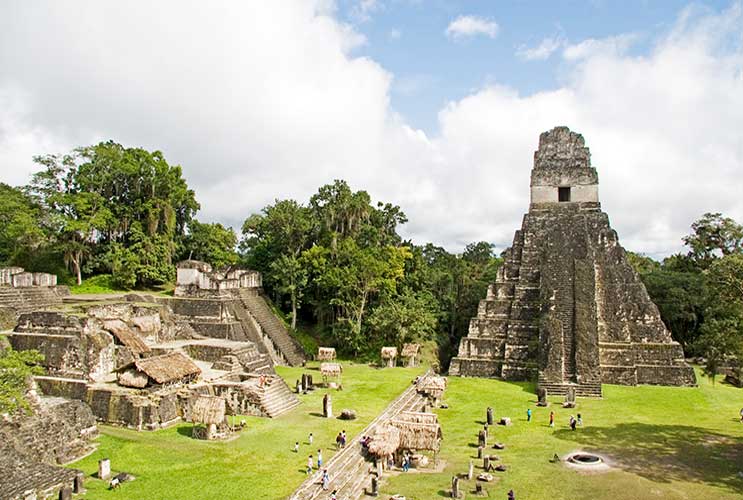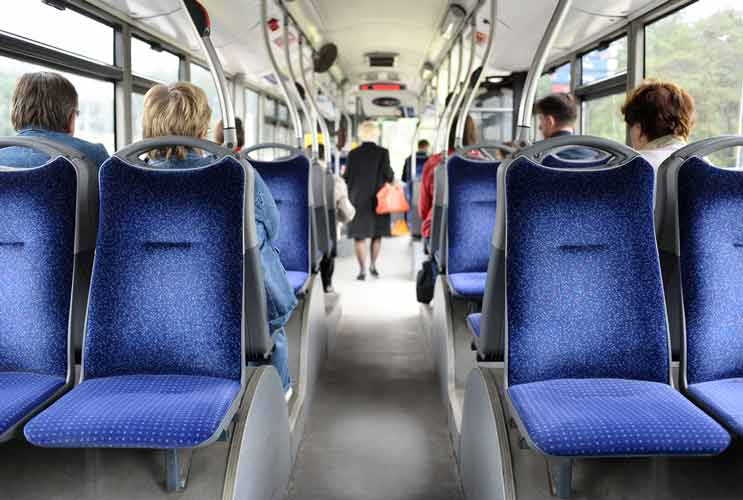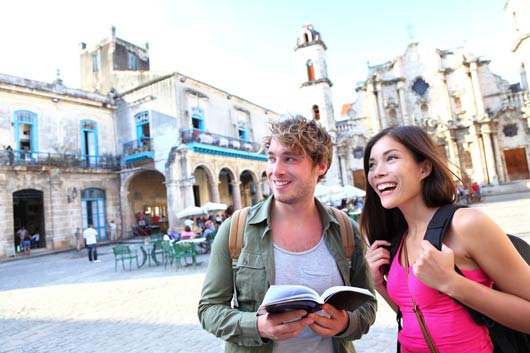
Don’t head to your nearest airport and expect to catch a commercial flight to Cuba just yet. While President Obama’s order to restore diplomatic relations with Cuba finally lifted the curtain of tourist possibilities to the island, plenty of restrictions for U.S. citizens still exist. According to a New York Times article, President Obama’s order will not permit strictly sun-and-sand tourism to Cuba, but will open up general licenses for the following reasons (which previously required approval on a case-by-case basis): “public performances, workshops and athletic competitions; support for the Cuban people, including human-rights work, humanitarian work, private foundations and institutes, and information dissemination; and travel related to the export of authorized products.” If this list above doesn’t fit the purpose of your trip, you’ll unfortunately still have to wait for congressional approval to lift all restrictions on visiting Cuba.
Read Related: My Havana: Memories of a Cuban Boyhood
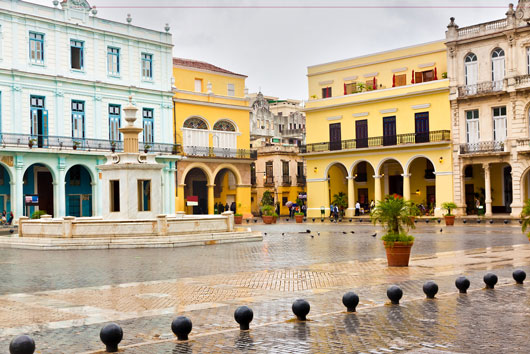
For those lucky to fit the bill for permission, and who want to glimpse the forbidden island, seemingly frozen in the 1950’s before the inevitable changes that lie ahead, this is the time to go. As the final pieces of this crumbling socialist system fall, being able to see miles of its undeveloped coastline, walk along Havana’s stunning Malecón, eye its old dilapidated mansions and classic Oldsmobiles parked casually on the streets, is a real historic treat.
Keep in mind that finding lodging is still tricky.
When it comes to trips to Cuba, there aren’t many luxury hotels on the island to suit Americans’ love of luxury except for the famous Hotel Nacional, which is striking, but still rusty around the edges. The real treat is staying in casas particulares, privately-run bed and breakfast type accommodations in a Cuban family’s home. The added plus is that these kind folks that take you in, often wind up showing you the ropes. The same deal also applies for finding the best restaurants and nightclubs; head for privately run businesses in Havana and adjacent neighborhoods like Miramar, which often allow you to lounge around inside beautiful, restored mansions.

Remember, tweeting about your trip to Cuba is still utterly impossible to do, since the Internet is still a problem on the island; according to the White House “Cuba has an Internet penetration of about 5 percent —one of the lowest rates in the world.” Some hotels still don’t have internet access and it is usually super slow when you find it.
Someday there will be ATMs in Havana, but today, when you’re dealing with trips to Cuba, you still have to exchange dollars to Cuban pesos. So plan ahead on exactly how much you want to spend. Be aware that Cuban currency is not traded internationally, so you can’t purchase it in advance. And don’t forget to subtract an additional 10% for the surcharge that Cuba charges against your USD – it’s the only foreign currency that gets hit with this additional fee.
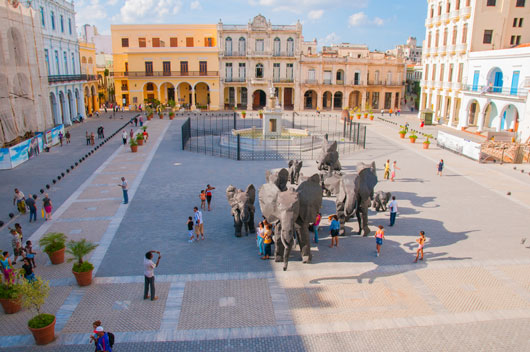
Once you are settled in, check out happening venues like the Fabrica de Arte Cubano, an old oil factory that’s now a thriving arts and dance space in Vedado, one of Havana’s residential districts. Or plan your purposeful trip for its 12th Havana Biennial to see its cultural scene in full force from May 22 to June 22. And yes, you can bring back those coveted Cuban cigars so you can do your best Che Guevara or Fidel Castro imitation at your next party. But there’s still a restriction of course; visitors will only be allowed to bring back $100 worth of puros. Here’s to visiting Cuba and a Cuba Libre future.


